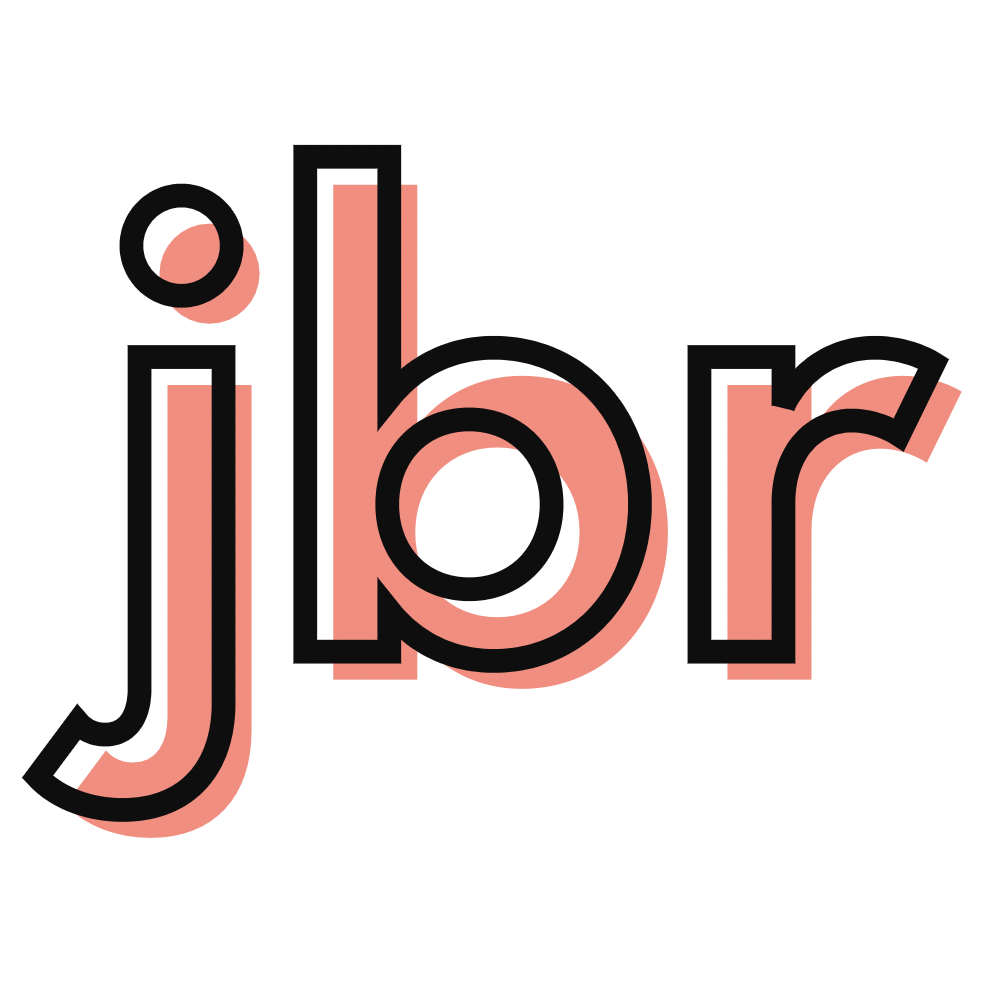How to Write Present Levels for IEPs
Decoding the PLOP: Your Guide to Writing Stellar Present Levels of Performance
Welcome, educators! Diving into the world of Individualized Education Programs (IEPs) can feel like navigating a maze, especially when it comes to crafting those crucial Present Levels of Performance (PLOPs). But fear not! This guide is designed to demystify the process and equip you with the tools to write clear, comprehensive, and impactful PLOPs.
Why Are PLOPs So Important?
Think of the PLOP as a snapshot of your student's current academic and functional abilities. It's the foundation upon which the entire IEP is built. A well-written PLOP:
Provides a clear picture: It paints a vivid picture of the student's strengths and areas needing support.
Drives goal setting: It directly informs the development of measurable and achievable IEP goals.
Tracks progress: It serves as a baseline for monitoring student growth and evaluating the effectiveness of interventions.
Ensures accountability: It demonstrates that the IEP team is making informed decisions based on data.
The Holistic Approach: Gathering Comprehensive Information
To create a truly holistic PLOP, you'll need to gather information from various sources. Here's a step-by-step guide:
Review Existing Records: Start by examining the student's previous IEPs, evaluations, medical records, and any other relevant documentation. Look for patterns and trends in their performance.
Conduct Observations: Observe the student in various settings, such as the classroom, playground, and cafeteria. Pay attention to their academic performance, social interactions, and behavior.
Gather Teacher Input: Collaborate with other teachers who work with the student. They can provide valuable insights into the student's strengths and challenges across different subjects and environments.
Seek Parent/Guardian Input: Parents are essential partners in the IEP process. Conduct interviews or send questionnaires to gather their perspectives on their child's abilities and needs.
Utilize Formal and Informal Assessments: Administer standardized tests, curriculum-based assessments, and informal assessments to measure the student's academic and functional skills.
Student Input: If age appropriate, make sure to get the student’s input. What are their goals? What do they think they are good at, and what do they struggle with?
Key Components of a Strong PLOP:
Strengths: Highlight the student's positive attributes and areas of success.
Areas of Need: Clearly identify the specific areas where the student requires support.
Impact on Progress: Describe how the student's needs affect their participation and progress in the general education curriculum.
Data-Driven Information: Use objective data from assessments, observations, and other sources to support your statements.
Specific Examples: Provide concrete examples to illustrate the student's performance.
Streamline Your PLOP Writing with Ready-Made Resources!
Creating comprehensive PLOPs can be time-consuming. To make your life easier, consider using pre-designed forms and templates. Check out this valuable resource on Teachers Pay Teachers:
This bundle provides a collection of printable PDF forms that will help you organize and document essential information for your PLOPs.
Final Thoughts:
Writing effective PLOPs is a critical part of the IEP process. By following these steps and utilizing available resources, you can create PLOPs that accurately reflect your students' needs and pave the way for successful IEP implementation. Remember to collaborate with your team, gather comprehensive data, and focus on creating a clear and concise picture of your student's current performance. Good luck!

